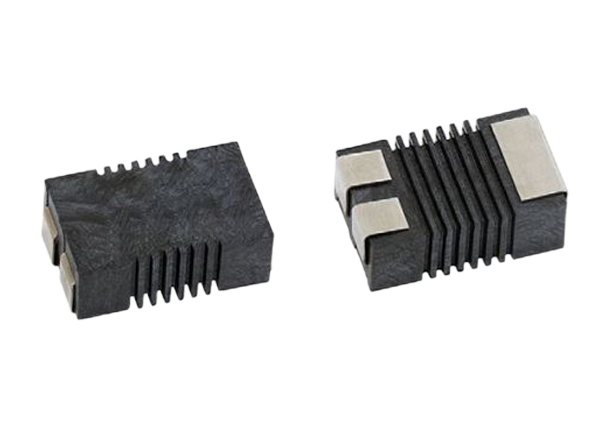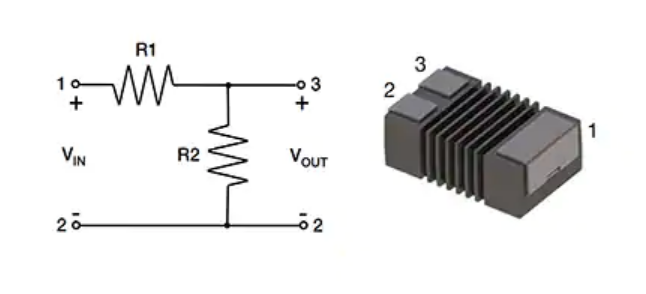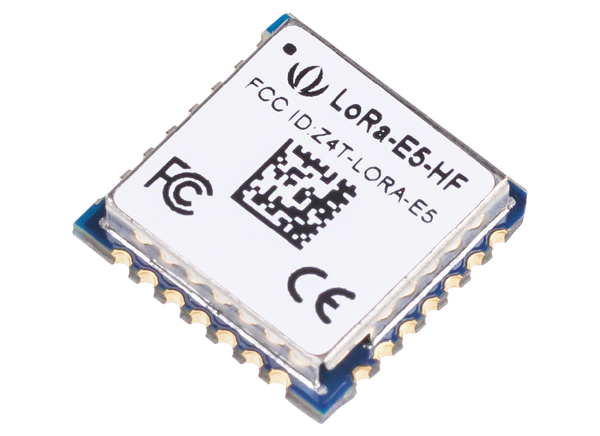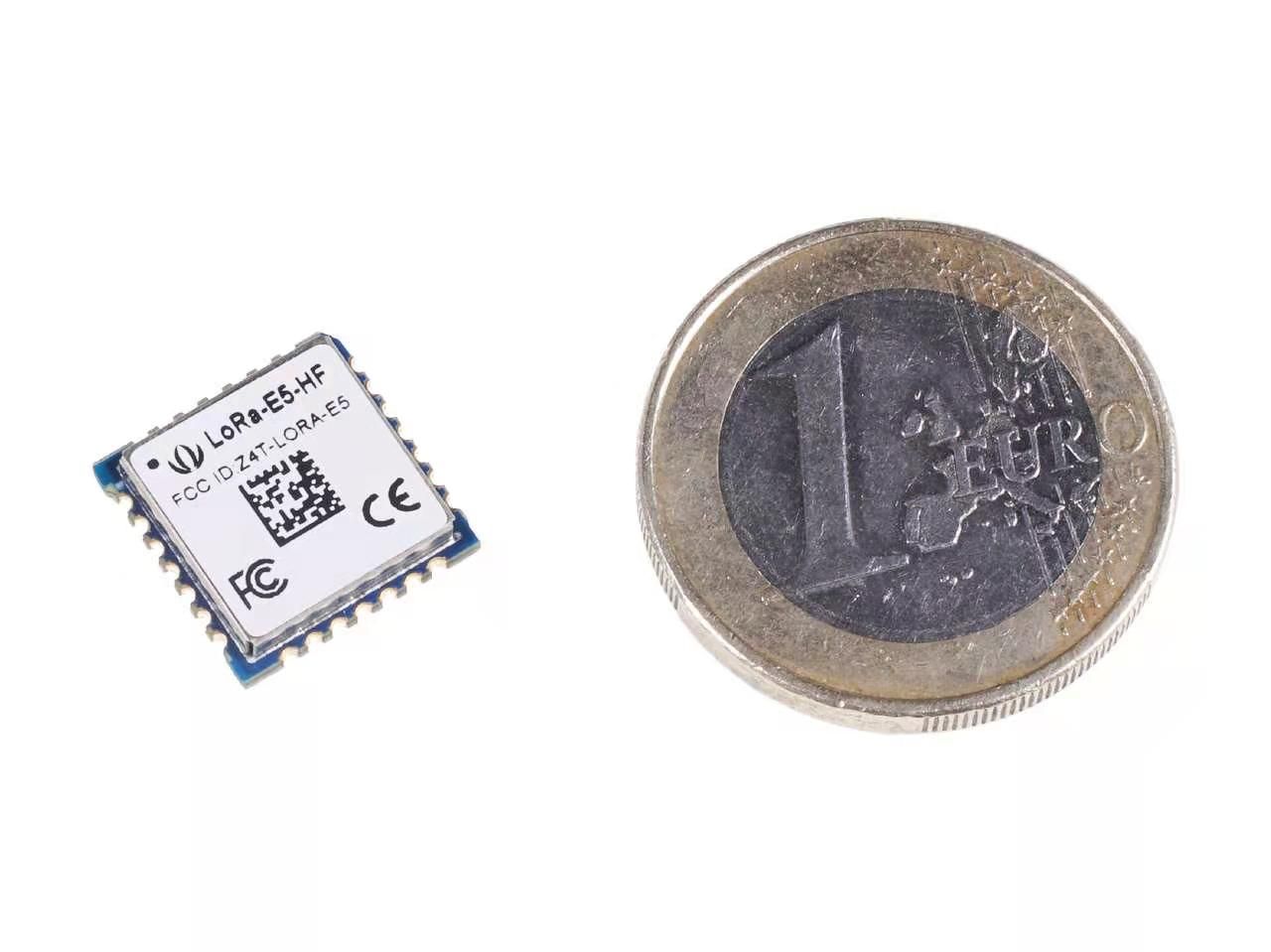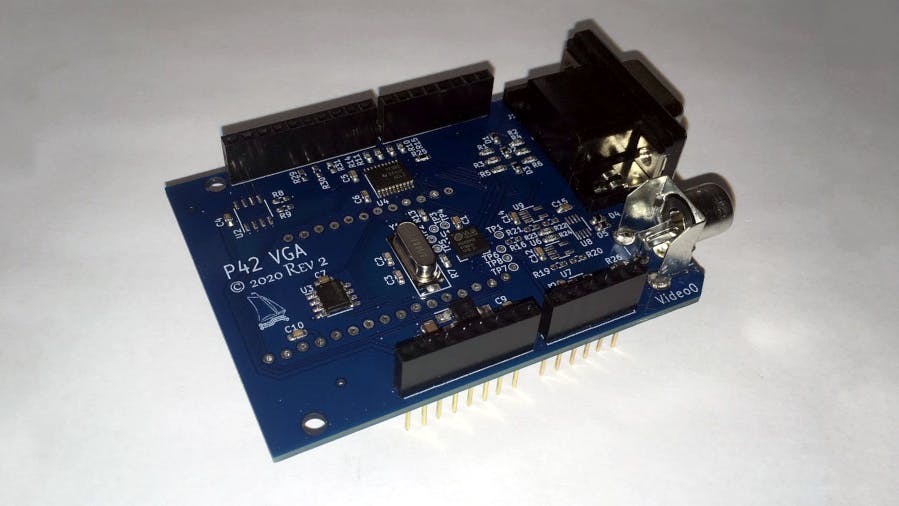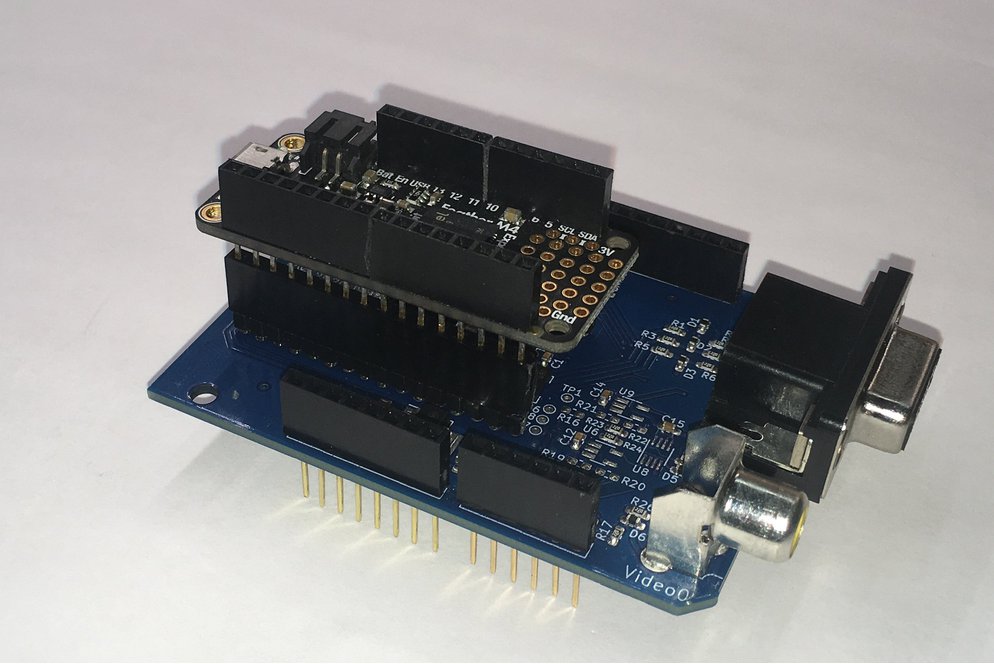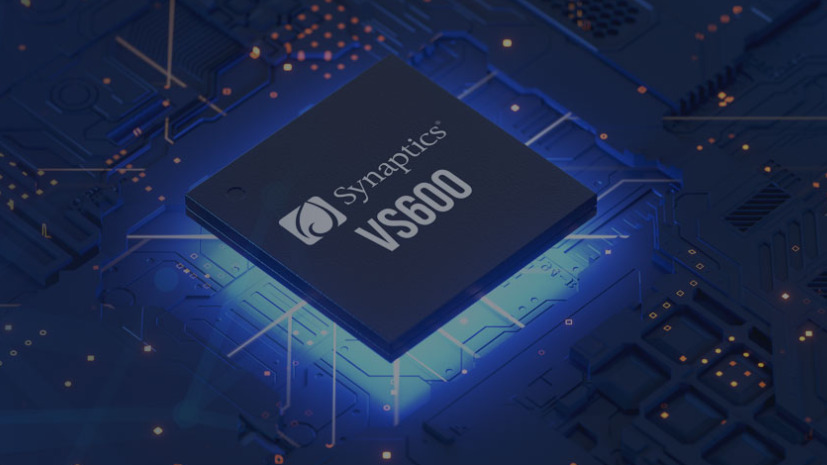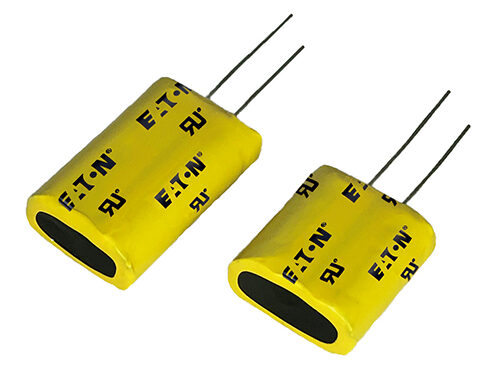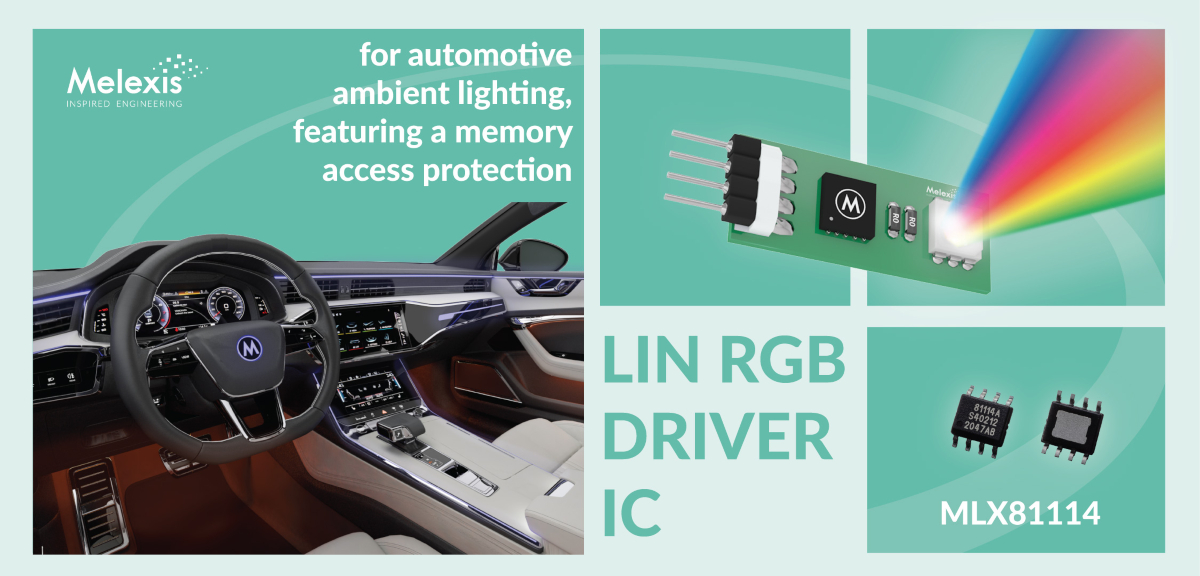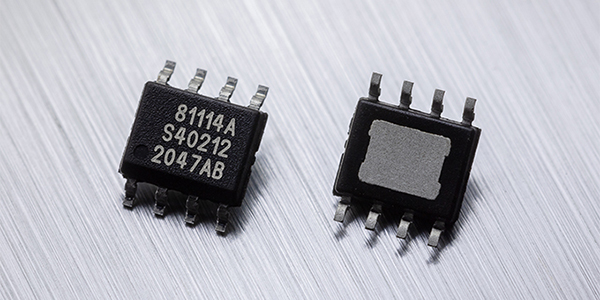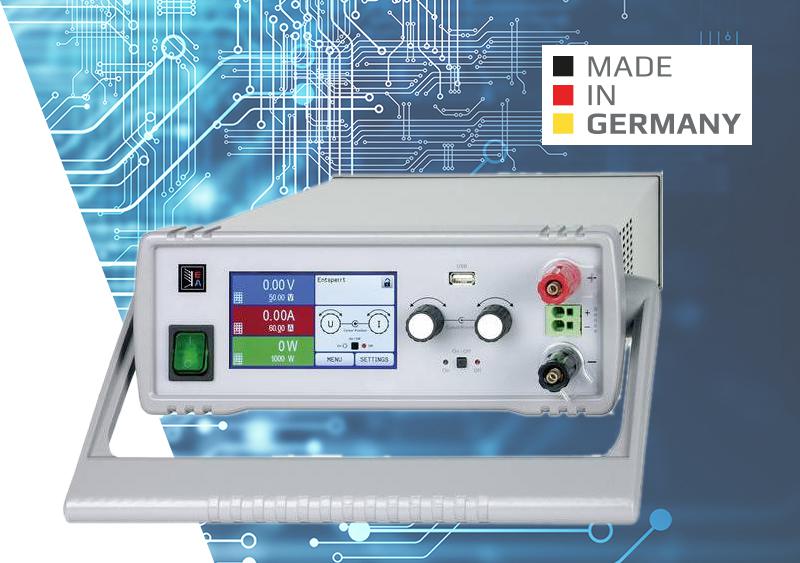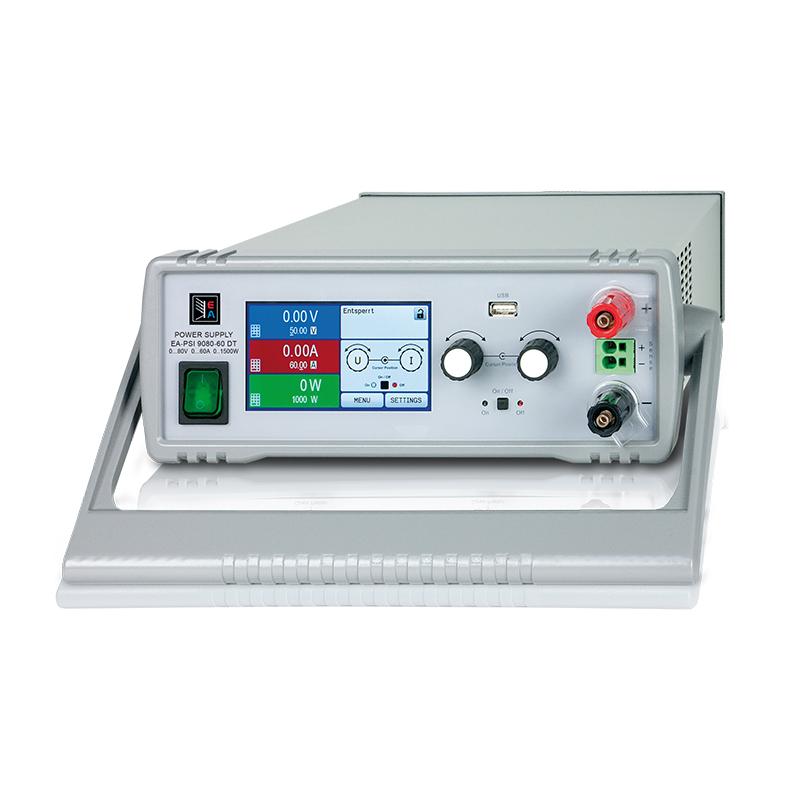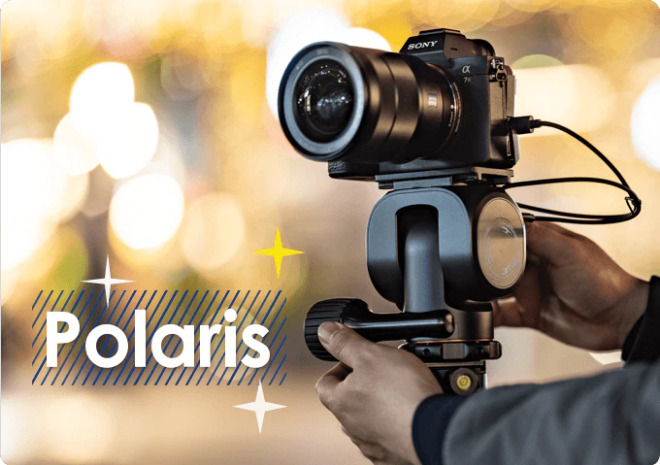
Capturing a perfect night sky can be daunting. You usually need a long exposure to capture the brightness of stars, even on the clearest of nights. Also, because of the rotation of the earth, when you take pictures, the stars in pictures often show tailing or streaks. One solution was the equatorial mount that typically used by photographers. However, it could not rotate freely, and so severely limiting composition in hopes of getting a clearer image. Recently BenroPolaris has launched a campaign on Kickstarter for Polaris, which is a wireless, smart electric tripod head. This is good news for Photographers because Polaris enables you conveniently frame the perfect shooting angle with ease. Polaris can make night, landscape, and nature photography efficient and uncomplicated.
About Polaris, the company says:
“By introducing Polaris to the world, we hope to dismantle the technical boundaries traditional photographic tripods currently face to a more progressive and intelligent stage.”
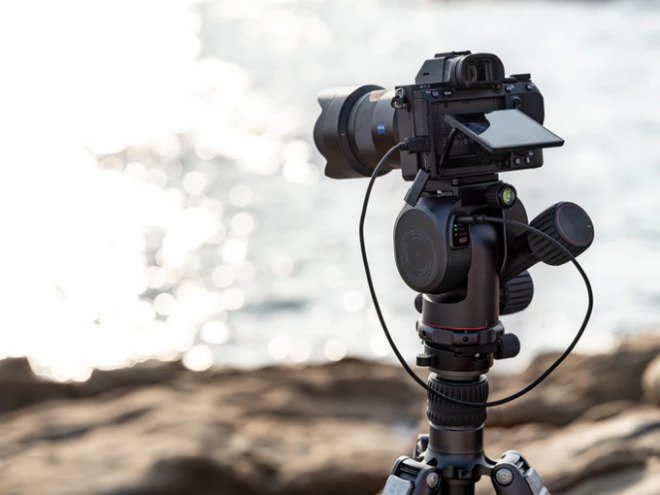
Polaris works by using the inbuilt GPS, compass, and astromaps to move the head precisely to prevent tailing or streaks. This feature enables you to capture perfect shots of the Milky Way or any constellations. The inbuilt features also enable you to adjust your shooting angle whenever you want to. In order for you to frame your shot, the Polaris app uses Astro maps, AI, and the sensors in your mobile phone to make framing a shit easy. All you have to do is point your phone at the sky, move it around to see every star your camera could capture. Once you see the shot, press the shutter button, then Polaris will automatically rotate and begin capturing the area your phone was framing. Polaris features an inbuilt GPS, an accelerometer, and an electric compass. These features enable Polaris to get its latitude, longitude, and orientation data. With the data provided, the processor inside Polaris then calculates the rotation of the polar axis. You don’t have to carry out polar axis calibration due to this feature.
Polaris also features a high precision hall angular sensor as well as a reduction gearbox structure, which can reach an extreme control precision of up to 0.01˚which is equal to the amount the earth rotates in 2.5 seconds. This enables you to capture the stars with a longer exposure, and can get the same result as you would get with a 2.5-second exposure. This helps reduce the image being blurry due to the earth’s rotation and the magnification effect of the camera lens. Your shots will be clear, sharp, and leave out the blurry star trails. When shooting landscape photos of sunrise or sunset, you encounter the problem of choosing the most suitable shooting location and angle for the best shot. However, In conjunction with the mobile app, Polaris can simulate the sun’s movement, and you can compose the picture before the sun has risen or is close to being set. The composition is simulated by making use of the mobile phone’s accelerometer, camera, and AI. All you have to do is select where you want the Sun framed above the horizon and send it to Polaris. Polaris will take photos at the exact time the sun hits the selected angle.

Polaris utilizes your camera’s autofocus features to eliminate blurry photos. The smart controller takes a set of photos with different focal points, and using the AI can synthesize these into photos without blur. Polaris also reviews each photo after exposure is complete, and can adjust the camera parameters if needed. Polaris can also carry out time-lapse photography. It uses the smartphone app to make setting up the interval between shots, duration, and exposure easy. Polaris also enables automatic panoramic shooting which can be realized and reviewed in near real-time. Polaris also supports automatic multi-line panoramic photo shooting, so you can choose the number of rows and columns of the photo.
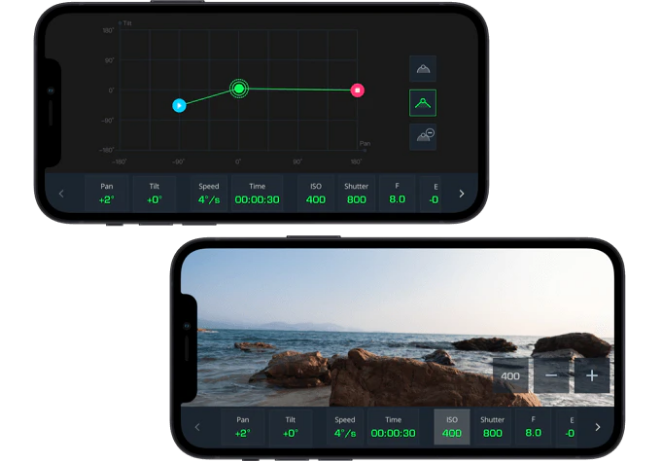
Polaris offers an easy-to-use graphic interface with adjustable controls. The interface enables you to add custom control nodes. Each of the control nodes can individually configure the parameters of the camera, the time interval between each shot, and the precise angle of the camera, or the rotation speed of the head. Polaris has two versions. One version features integrated Wi-Fi remote control. The other adds cellular capabilities to extend your control distance to any place within network coverage. So with Polaris, you don’t need to be near the camera all the time. Polaris’s wireless connection and app, enable you to transfer files right to your phone for preview and inspection without a card reader and computer. You can also process and send the shots to any social media platform. Polaris is very durable, it is mainly made of aluminum alloy and stainless steel. It is also rated to IPX6 water-resistant performance, enabling the head to work even in torrential downpours.
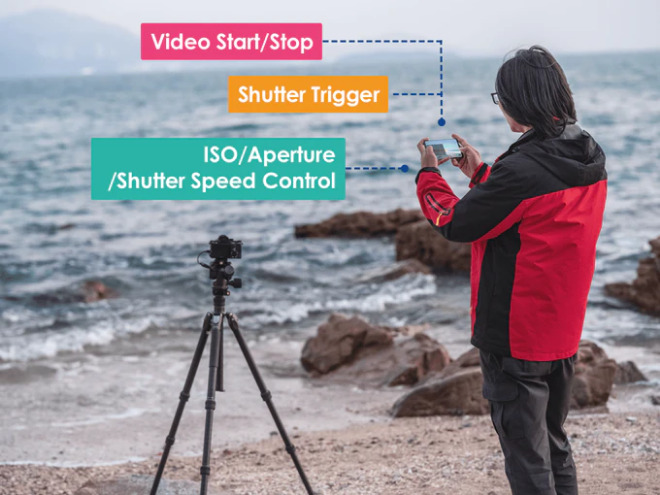
Polaris will ship with:
- The type of lens: Dummy Battery; Capacity: 20000mAh
- Two USB Type-C ports are used to power Polaris or other devices.
- Two DC ports can power the camera through the camera power supply adapter.
- A 1/4 screw port allows it to be easily fixed on a tripod and other equipment.
Pricing starts from $599- $999. The project will only be funded if it reaches its goal by Mon, March 15 2021 2:58 PM CET. More information can be found on the project page on Kickstarter.


